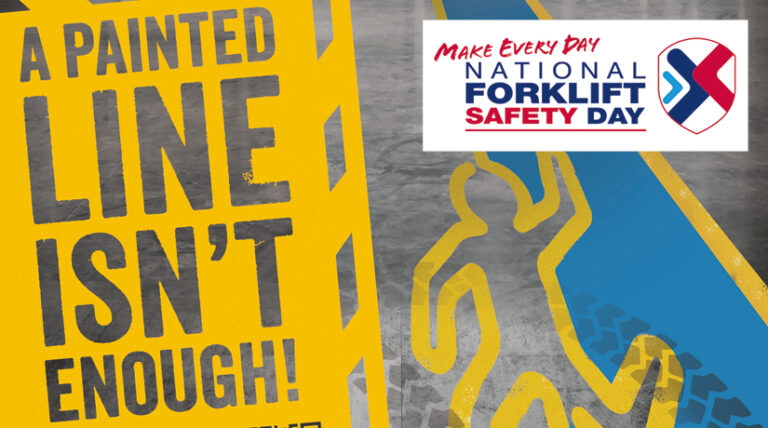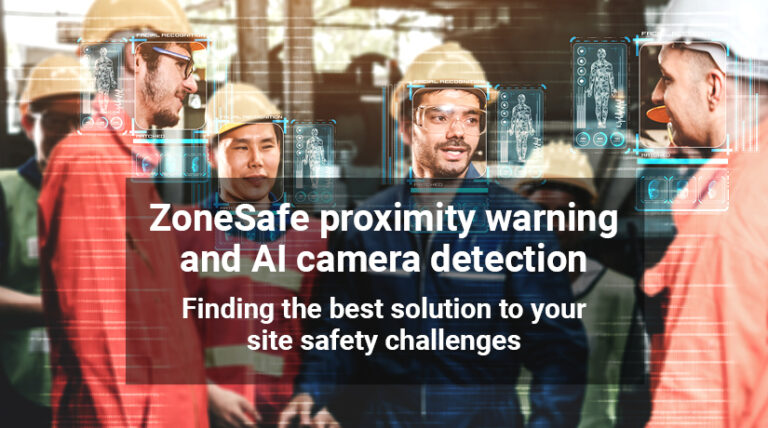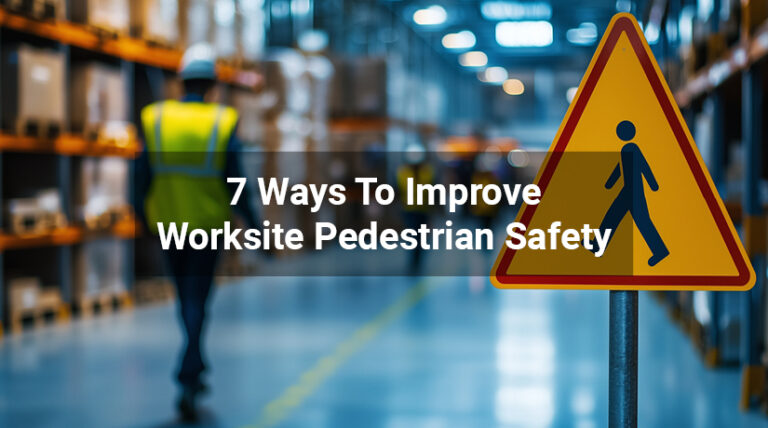Employees that require working in close proximity to vehicles (such as a forklift) face a number of daily risks. Avoiding damages, accidents or incidents in the workplace are important to prevent – and companies must think of ways to avoid threatening risks to all employees.
It’s necessary to create a responsible and safe work environment for all employees. With this in mind, routine safety in industrial workplaces is very important – especially when it involves forklift and pedestrian separation. But who is more important? Who should have priority, the pedestrian or the forklift? How do we account for priority to prevent accidents?
The first aspect to think about is that all industrial zones should provide designated areas and walkways for both pedestrians and vehicle traffic. These should ideally be separated with zones set up for these purposes – so as to avoid pedestrians and vehicles crossing; reducing risk. If these spaces are made available, pedestrians must use them, to avoid areas that are specifically dedicated to heavy machinery.
However, it is not always possible to establish these segregated areas, which is when risks increase and become a serious concern. A simple way of separating pedestrian areas is to introduce a zebra crossing, or a crossing with signals. This will alert the driver as to when the pedestrian is entering the shared zone.
Visibility is the key. High viz clothing, alert sounds, painted walkways and crossings will enable pedestrians to remain visible to forklift drivers.
Larger groups, contrary to popular belief, are not more visible; the greater the number of people, the more space on the walkways/crossing points they take up. It’s advisable to walk in small separate groups of two or three people to avoid dangerous situations or potential risks.
Most specialists in accident prevention tend to give priority to forklifts and other industrial machinery when sharing crossings/walkways with pedestrians, as they are more limited in vision and mobility. It is far easier for a pedestrian to allow priority to the vehicle – as the vehicles involved in moving large loads in small enclosed areas can have longer reaction times.
The answer? Both come first.
A simple solution
ZoneSafe uses radio frequency identification (RFID) technology to create detection zones around vehicles, assets, crossing points and walkways.
Active tags can be worn by personnel, fitted to assets or set up around hazards. Tags are identified by the system when they enter the detection zone. This triggers an audible visual alert, warning vehicle operators of the tag’s close proximity to the vehicle.
ZoneSafe tags do not require line of sight and will be detected regardless of obstructions, blind spots or poor visibility.
ZoneSafe’s technology also offers event data and near miss reporting via onboard data logging and our Software as a Service (SaaS) platform.
ZoneSafe offers:
- 360 degree detection
- Single or multiple detection zones
- 3-9 metre detection range
- Detection regardless of obstruction
- Event data and logging
- SaaS
Forklift truck health and safety is paramount in ensuring a secure and efficient workplace where both pedestrians and operators are protected.
Find out more at zonesafe.net or call 01202 868000




